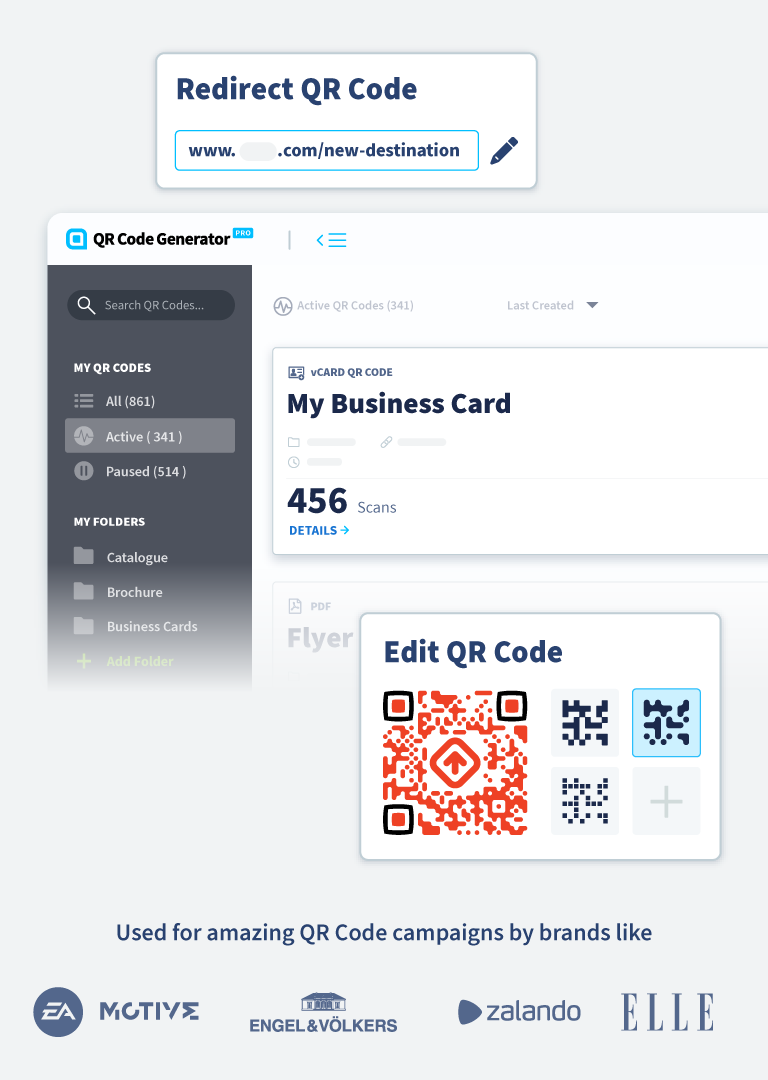Inizia la tua prova gratuita di 14 giorni oggi stesso
Il pagamento sarà in Euro. Il valore di conversione indicato è solo una stima e il valore finale dipenderà dal tasso di cambio attuale.
€ EUR $ USD £ GBP
Ideale per l'uso individuale
8.00 9.35 6.92
16.00 18.70 13.85
/mesePerfetto per i leader di settore
Pagamento annuale
37.50 43.83 32.45
/meseAssistenza Premium
*Imposta sul valore aggiunto non inclusa
Vedi idee creative di QR Codes qui sotto
Non conosco i QR Code. Cosa dovrei sapere?
Scopri quello che devi sapere per iniziare.

Il QR Code è una versione bidimensionale del codice a barre, composto da pattern di pixel in bianco e nero. Denso Wave appartiene a Denso, una fornitrice di Toyota, e ha sviluppato i QR Code per l'identificazione dei componenti al fine di accelerare i processi logistici della sua produzione automobilistica. Ora, con l'uso diffuso degli smartphone, il QR Code ha trovato la sua strada nel mercato. "QR" sta per "Quick Response", che si riferisce all'accesso istantaneo alle informazioni nascoste nel Code (codice).
Scopri di piùI QR Code stanno guadagnando popolarità grazie alla loro molteplicità. Puoi usarli per ottenere un feedback al fine di migliorare i tuoi prodotti e servizi, aumentare il coinvolgimento dei clienti con immagini o video e persino promuovere la tua attività con eventi e coupon. Tutto questo con una sola scansione!
Scopri di piùQuesto dipende dal tuo dispositivo, alcuni cellulari sono già dotati di un lettore o scanner integrato. Apri la fotocamera dello smartphone e puntala verso il QR Code per alcuni secondi fino a quando appare una notifica. Se non succede nulla, controlla le impostazioni per vedere se il lettore di QR Code è attivato. Non funziona ancora? Non preoccuparti, basta installare un QR Code scanner dal tuo app store.
Sto usando un AndroidSto usando un iOSCome posso creare un QR Code gratuito?
Scopri come in soli tre passaggi

Passaggio 1: Seleziona il tipo di QR Code
Puoi scegliere tra Website, vCard, Text, Email, SMS, Twitter, WiFi e Bitcoin. Tuttavia, questi QR Code gratuiti non sono né modificabili né tracciabili.
Passaggio 2: Inserisci i dettagli
Compila i campi con tutte le informazioni necessarie. Inserisci un link, un testo, dati di contatto o qualsiasi altra informazione. In seguito, seleziona "Crea QR Code".
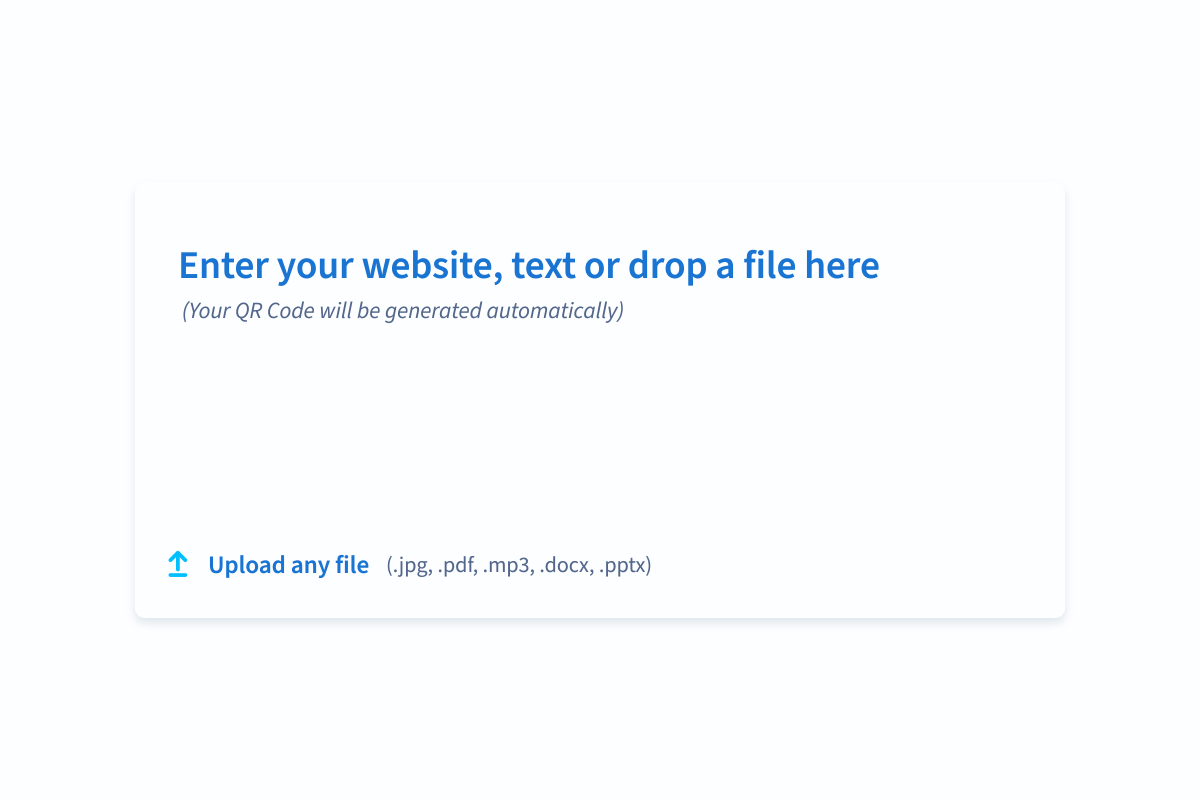
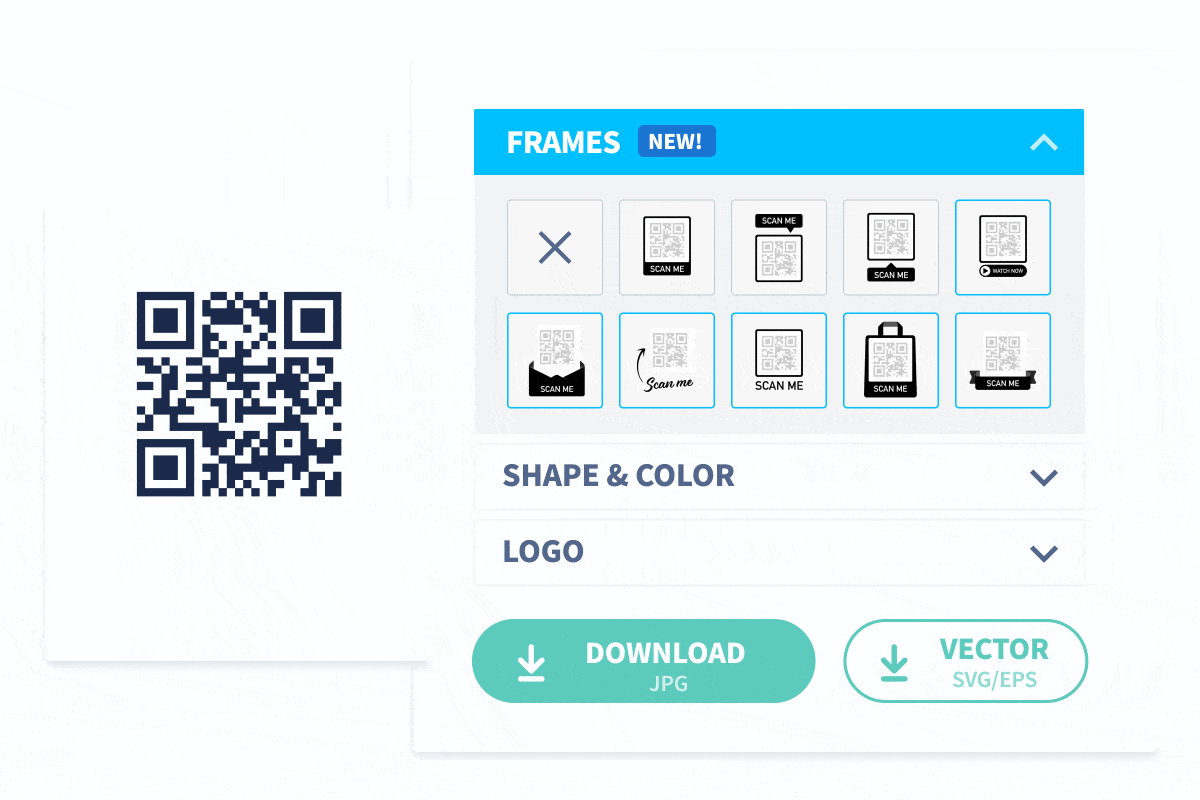
Passaggio 3: Scarica il QR Code
Hai la possibilità di lasciare il design standard in bianco e nero o di aggiungere colori e una cornice per aiutare ad attrarre più scansioni. Successivamente, scarica il tuo QR Code.

Gestione dei link - QR Code - Pagine di destinazione
Bitly Connections Platform
QR Code Generator e Bitly si uniscono per creare un'unica Connections Platform. Connettiti con il tuo pubblico attraverso link brandizzati, QR Code personalizzati e pagine di destinazione. Trasforma ogni scansione in un'opportunità di connessione.
Scopri di più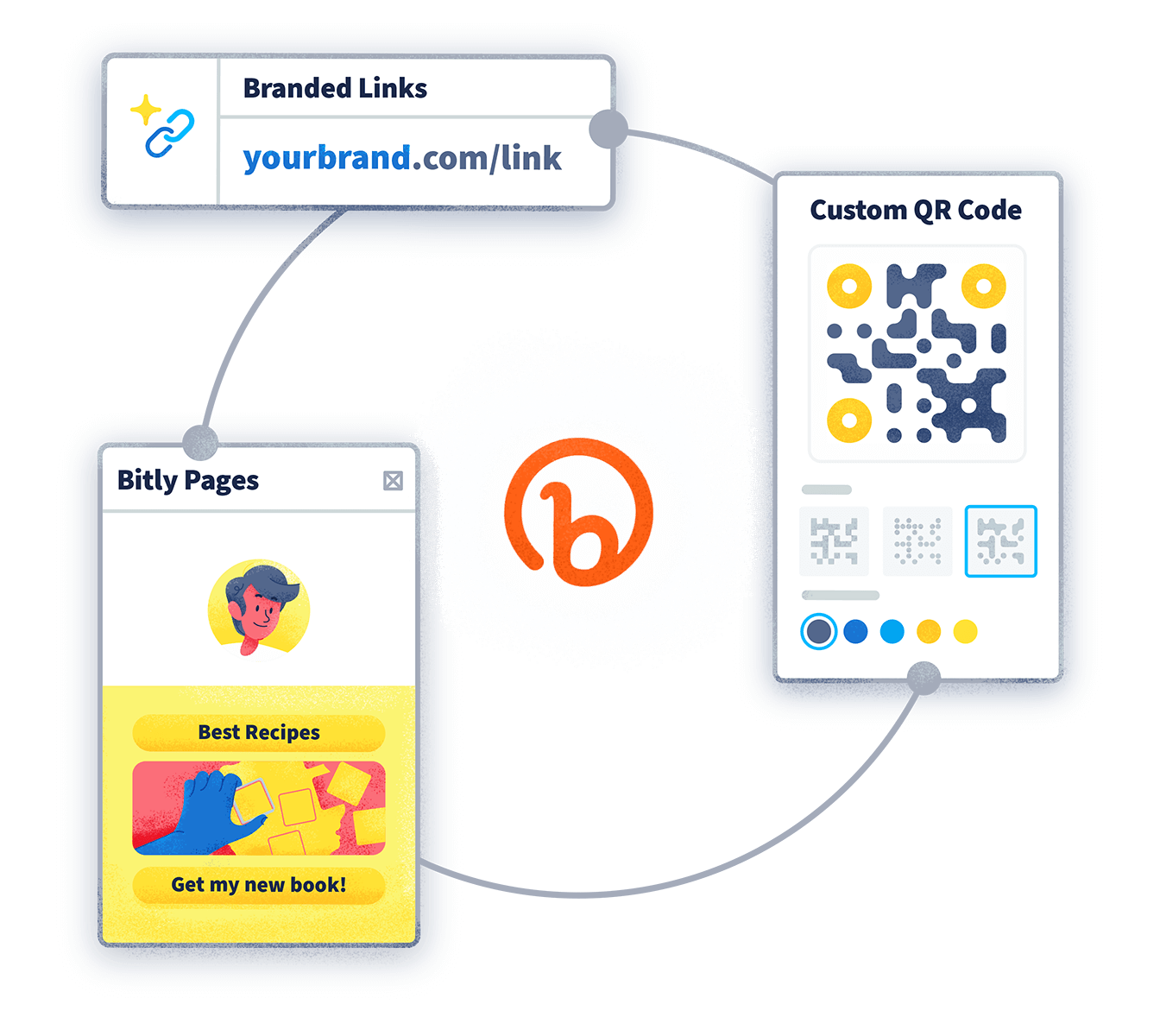
Gestione dei link
Una soluzione innovativa che trasforma ogni link in un punto di contatto tra i tuoi contenuti e il tuo pubblico.
- Accorcia gli URL in blocco
- Crea link personalizzati
- Monitora le campagne con un solo link
- Reindirizza i tuoi URL
QR Code Generator
Una soluzione completa per combinare marketing offline e online, monitorare le statistiche in tempo reale e brandizzare i tuoi QR Code.
- Crea e personalizza i QR Code
- Crea pagine di destinazione integrate
- Monitora le campagne con una sola scansione
- Integra API di terze parti
Pagine di destinazione
Crea con Bitly Page pagine di destinazione ottimizzate per i dispositivi mobili capaci di conquistare il pubblico fin dal primo clic.
- URL personalizzati per i social media
- Pagine di destinazione personalizzabili
- Link facili da gestire
- Monitoraggio dei link e delle pagine di destinazione
Quali QR Code sono gratuiti?
I nostri QR Code statici sono completamente gratuiti e non scadono mai. Una volta generati, sono tuoi per sempre, ma non potrai modificarne il contenuto o monitorarne le scansioni.
Domande frequenti (FAQ)
È uno strumento utilizzato per generare diversi tipi di QR Code. Secondo le tue esigenze, puoi creare QR Code per aprire un sito web, vedere un PDF, ascoltare musica, guardare video su Youtube, memorizzare foto, connetterti alla rete WiFi e molto altro ancora. Vedi i diversi tipi qui.
Tutti i QR Code Statici sono gratuiti. Questo include URL, vCard, Testo, Email, SMS, Twitter, WiFi e Bitcoin. Una volta creato, non lo perderai mai. Ma non è possibile modificare alcun QR Code Statico, pertanto, prima di stamparlo, assicurati di testarlo e di verificare che il codice funzioni.
Assolutamente!
I QR Code sono così versatili che sono in grado di memorizzare una varietà di informazioni a seconda delle tue esigenze. Ad esempio, possono memorizzare un URL in modo che sia più facile aprire una pagina web scansionando il codice. Possono anche memorizzare dati di contatto affinché non sia necessario inserire manualmente il nome, il numero di telefono e l'email per salvarli sul cellulare. Vedi altri esempi qui.
Sì, è possibile tracciare dove, quando e il numero di scansioni con la nostra versione PRO. Si può anche vedere su quale sistema operativo mobile viene scansionato il QR Code. Queste sono metriche importanti per misurare il successo della tua campagna e migliorarla o estenderla ancora di più.
A meno che il link non venga modificato o cancellato, i QR Code Statici non scadono e rimangono attivi per tutto il tempo che desideri. Consigliamo i QR Code Dinamici affinché tu possa avere il pieno controllo sul contenuto e possa sostituire i link in qualsiasi momento. Vedi molti altri vantaggi per la tua campagna di marketing!
Una volta creato un QR Code Statico, non sarà possibile tracciare le scansioni o modificare il contenuto. In quanto al QR Code Dinamico, la flessibilità è ciò che conta! È possibile aggiornare il contenuto, aggiungere link e correggere gli errori, anche dopo la stampa. Inoltre, è possibile sapere il numero di scansioni, il luogo e la data.
Dopo esserti registrato, avrai la possibilità di testare gratuitamente tutte le funzioni per 14 giorni. Durante questo periodo sarai in grado di creare QR Code Dinamici e Statici, aggiungere colori, loghi, cornici, salvare il design del QR Code come modello, modificare l'URL breve, impostare il tuo dominio, aggiungere membri e approfittare di altre fantastiche funzioni.
Sì, perché hanno 40 diverse versioni con quattro livelli di correzione di errori e otto tipi di maschera. Ciò significa che 1280 QR Codes saranno disponibili per qualsiasi tipo di utilizzo. Tuttavia, per scopi di marketing, vengono utilizzate solo 1-7 versioni. Pertanto, il nostro generatore di solito sceglie la versione migliore in base alla quantità di dati memorizzati e la maschera migliore in termini di leggibilità.
Certo! Per sbloccare questa funzione è necessario iscriversi alla versione PRO. Ti invitiamo a testare gratuitamente tutte le funzioni per 14 giorni!
Per niente. Puoi usare i colori della tua azienda o qualsiasi colore che desideri. Ci sono 16.777.216 colori in formato #RRGGBB. Usa la tua creatività!
Certo! È possibile modificare il contenuto, sostituire un link e correggere un errore di ortografia in qualsiasi momento. In altre parole, non è necessario ristampare il QR Code quando si apportano modifiche (solo se vuoi cambiare il design). Tuttavia, questa funzione è disponibile soltanto nella versione PRO.
Utilizzando la nostra API, che puoi integrare direttamente nel tuo sistema, è possibile creare QR Code in bianco e nero o completamente personalizzati con colori e design. Domande? Per favore, contattaci.
Puoi scaricare i QR Code in formato JPG ad alta risoluzione, per scaricarli in PNG, SVG ed EPS devi creare un account. In formato EPS, il QR Code dovrà essere in bianco e nero, cioè, senza personalizzazione.
Hai bisogno di conoscere la dimensione e il contrasto di colore giusti. Inoltre, è importante testare sempre il QR Code prima di stamparlo. Abbiamo preparato una guida di stampa per aiutarti a lanciare la migliore campagna di marketing ed evitare errori.
Se stai usando un dispositivo iOS, apri semplicemente la fotocamera del tuo telefono e puntala verso il QR Code, apparirà una notifica. Se hai un altro dispositivo, controlla le impostazioni per vedere se il lettore di QR Code è attivato o semplicemente scarica un QR Code scanner dal tuo app store. La maggioranza delle applicazioni sono gratuite.
Sì! Diversi dispositivi iOS e Android non hanno bisogno di un'app per scansionare un QR Code, poiché il lettore di QR Code è già integrato nella fotocamera. Basta aprire la fotocamera e puntarla verso il QR Code fino a quando appare una notifica.
No, non c'è un limite di scansione.
Il tuo QR Code potrebbe essere sfocato o il contrasto tra il QR Code e lo sfondo non è sufficiente. Ciò può causare problemi nel rilevamento dello scanner. Assicurati sempre che il codice sia più scuro dello sfondo. Segui i nostri consigli prima di stampare per ottenere il miglior risultato possibile.
Se stai usando un iPhone Apple, basta aprire la fotocamera e puntarla verso il QR Code, apparirà una notifica. Se stai usando Android o qualsiasi altro dispositivo, controlla le impostazioni per vedere se il lettore di QR Code è attivato. La terza opzione è semplicemente scaricare un lettore di QR Code dal tuo app store, la maggioranza delle applicazioni sono gratuite!
Se si stampa su materiali di piccole e medie dimensioni (ad es. biglietti da visita o volantini), i codici devono essere di almeno 2 x 2 cm.
La piattaforma di marketing con i QR Code all-in-one
Ora è possibile personalizzare completamente i QR Code aggiungendo i colori del tuo marchio e il logo dell'azienda. Ottieni le statistiche di scansione e modifica il contenuto persino dopo la stampa.
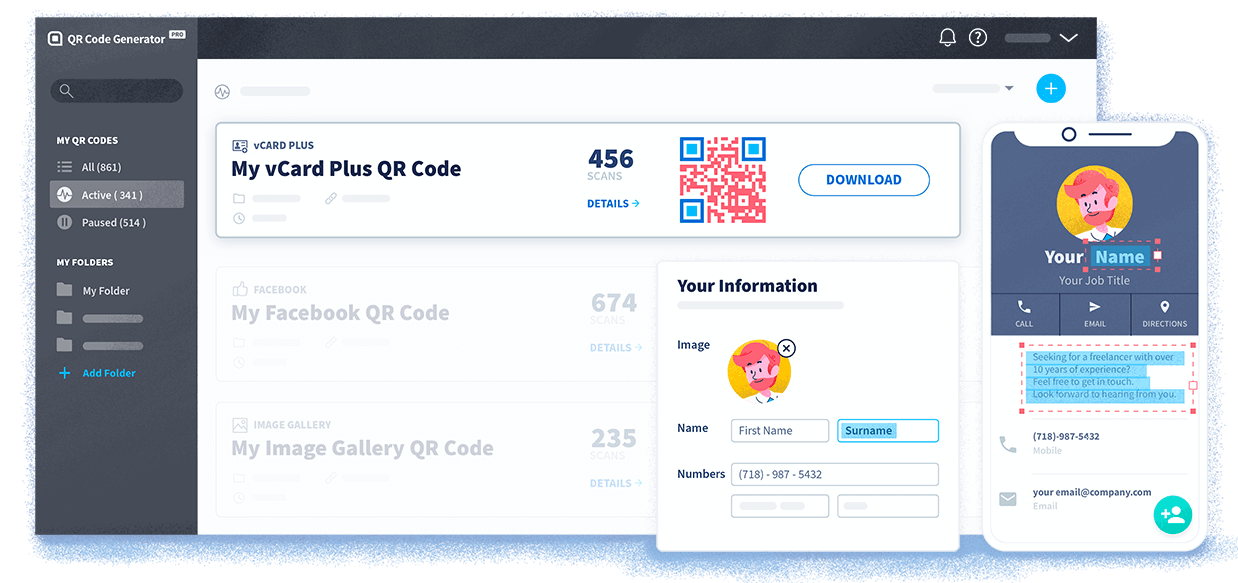
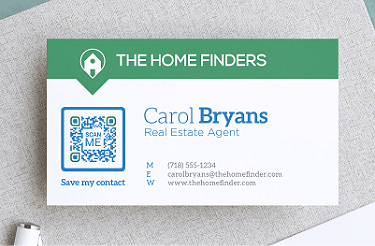

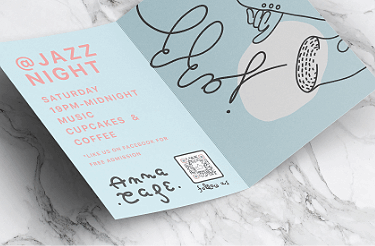
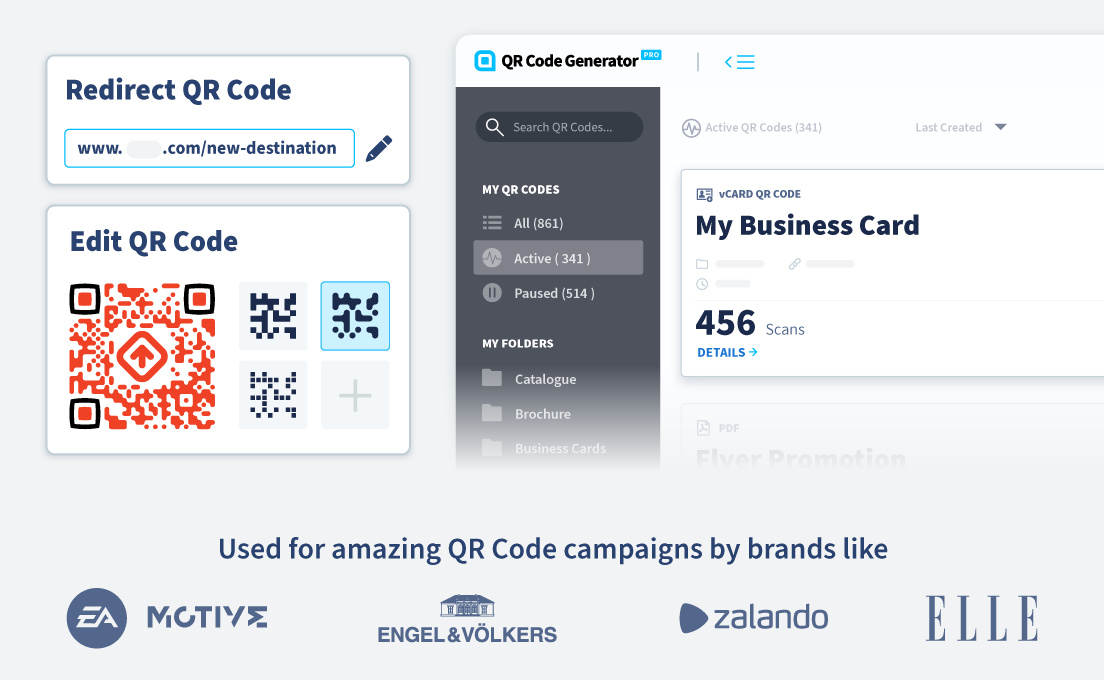
 Add custom colors, logos and frames.
Add custom colors, logos and frames.
